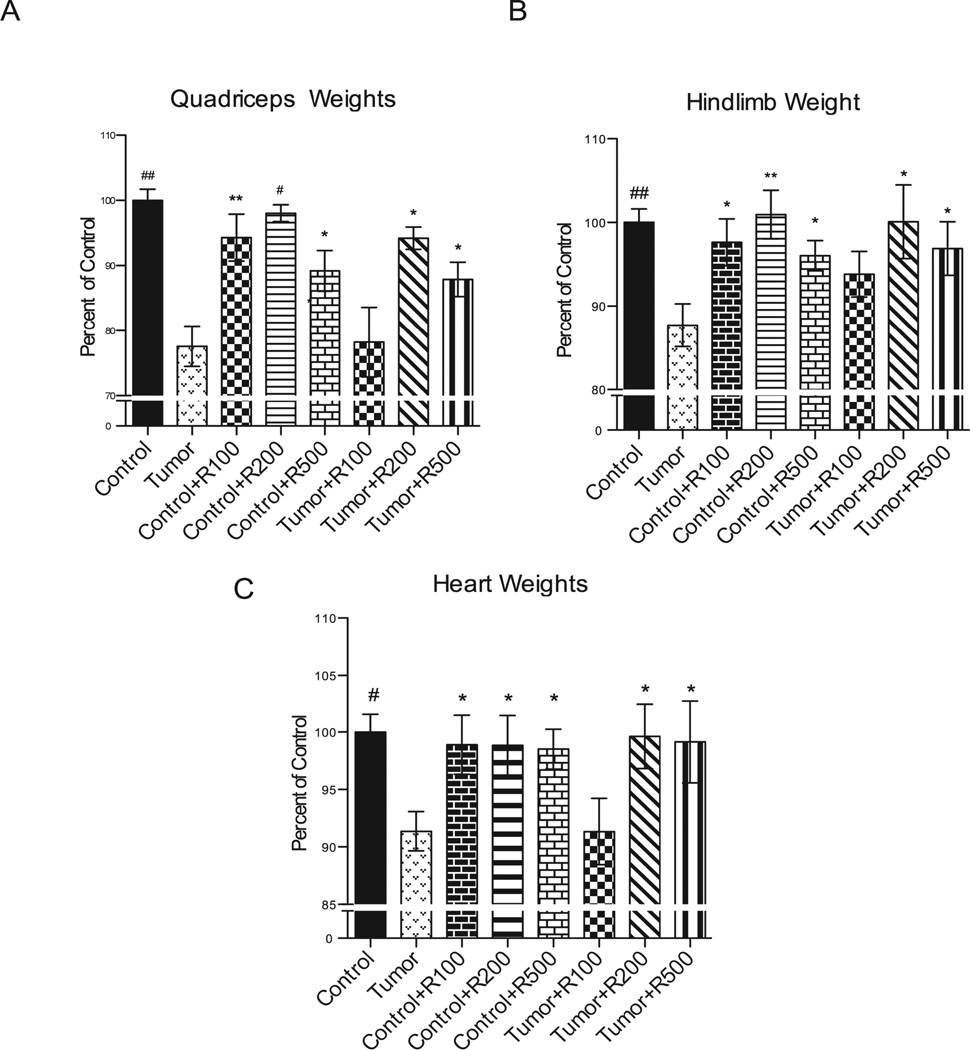Figure 3. Final weights among non-tumor bearing and tumor bearing mice.
(A) Quadriceps were individually analyzed and significant weight loss was shown in the untreated tumor bearing group compared to control, treated controls at all dosages, as well as the treated tumor bearing groups at the 200 and 500 mg/kg doses. The 100 mg/kg treated tumor bearing group was not significantly different in quadriceps weight from the non-treated tumor bearing group.(B) The tumor bearing groups receiving resveratrol showed significant responses by maintaining hindlimb weights comparable to control in the 200 mg/kg and 500 mg/kg groups. The untreated and treated control groups also were significantly higher in hindlimb weights compared to untreated tumor bearing mice. Hindlimb weights were compared among the same subsets with significant weight loss shown in the untreated tumor bearing group. (C) Significant decreases in heart weight were seen in the untreated tumor bearing mice compared to control mice, control mice receiving resveratrol at all doses and tumor bearing mice receiving resveratrol at the 200 mg/kg and 500 mg/kg doses. Change in heart weights among non-tumor bearing and tumor bearing mice. Individual hearts were weighed and are graphically represented here to show heart weight as a percentage of average control heart weight among all groups. ## = p <0.0001, # = p <0.001, ** = p < 0.01, * = p < 0.05. For (A)-(C) N=24 (Control), N=8 (Control +R100), N=8 (Control + R200), N=8 (Control +R500), N=17 (Tumor), N=6 (Tumor + R100), N=6 (Tumor + R200), N=7 (Tumor +R500).

